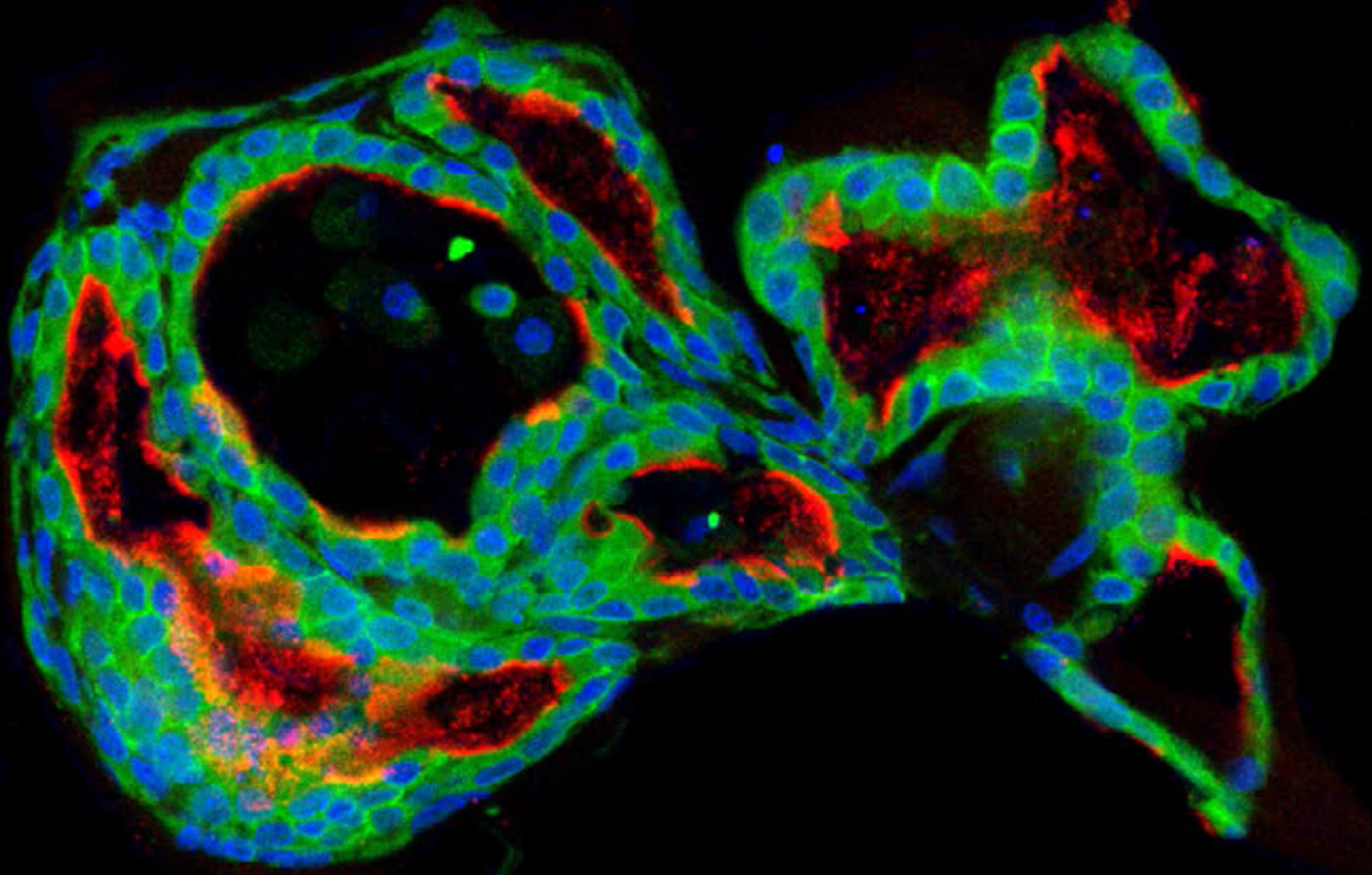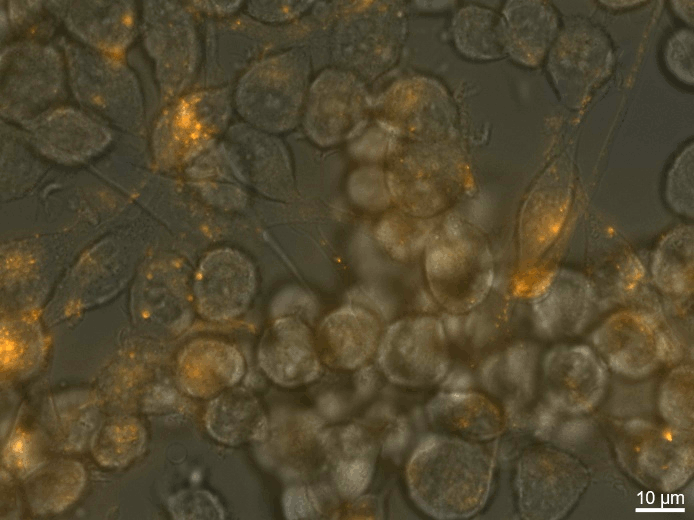Phenotyping biological samples using multiple imaging methods forms a core competence of preclinical research. This enables thorough depiction, from the smallest structures (cell organelles) right through to entire organ systems, both in spatial and temporal resolution (4D). Fraunhofer IZI has access to a comprehensive, state-of-the-art equipment pool that enables the acquisition and evaluation of various (also correlative) image data. Partners and customers are advised on biological, technical and economic matters and supported in carrying out and evaluating experiments. Furthermore, experimental procedures and equipment can be used, adapted and developed.
The following methods and devices are offered. Detailed device overviews can be found on the pages of the Experimental Imaging Unit.


